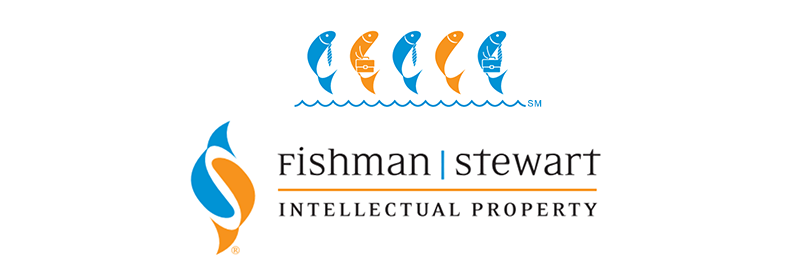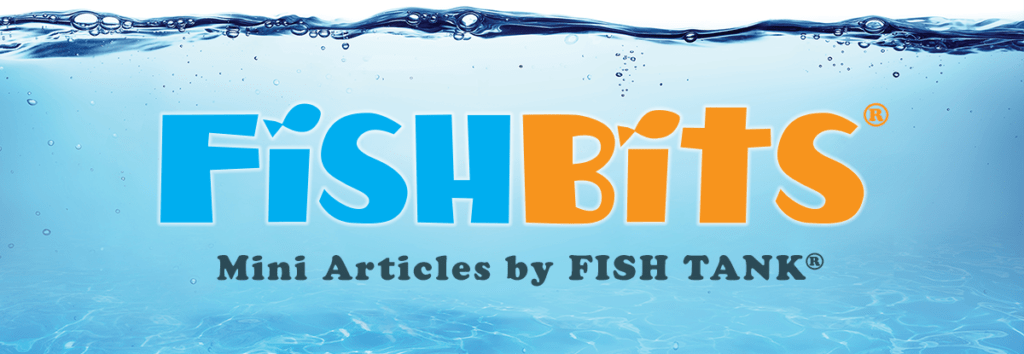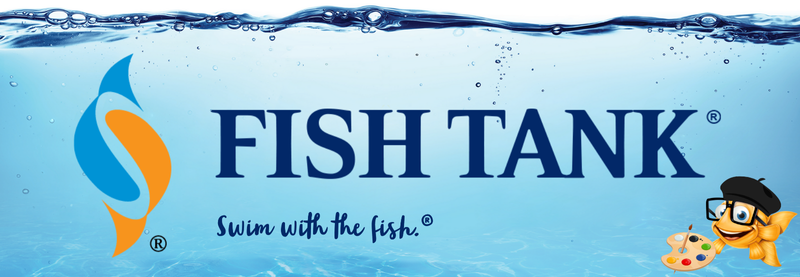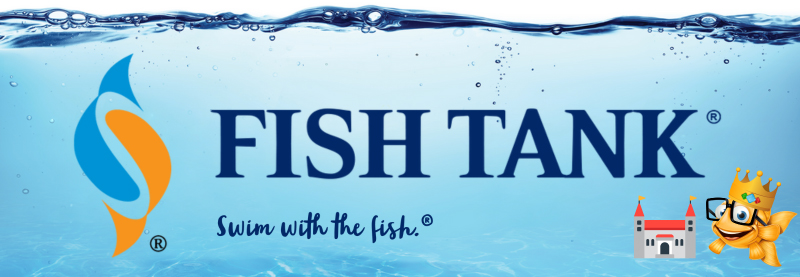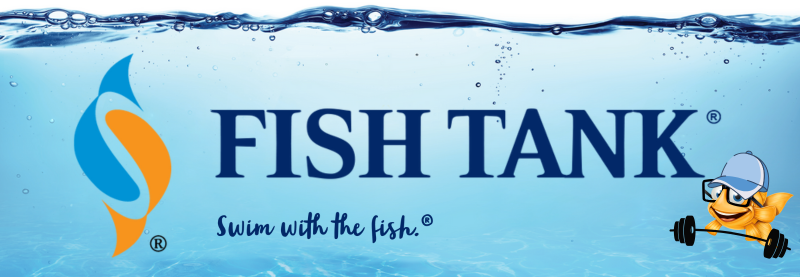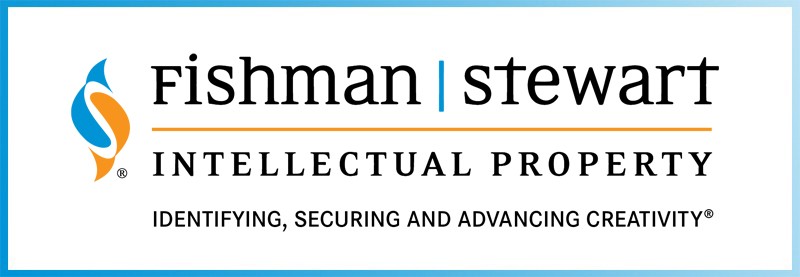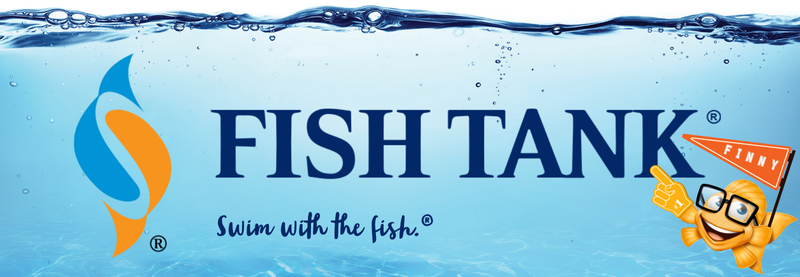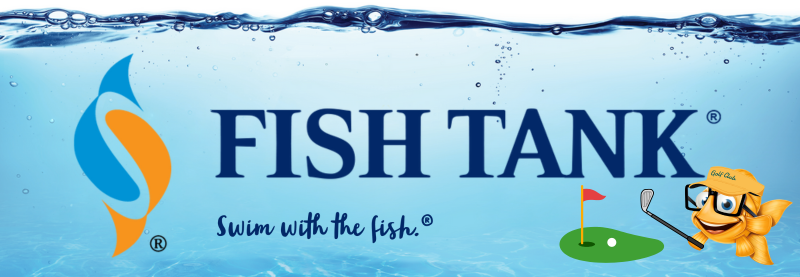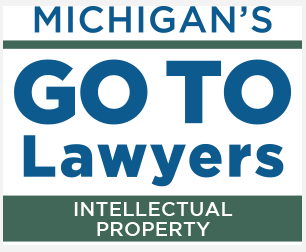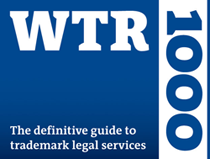Intellectual Property Insights from Fishman Stewart PLLC
Newsletter – Volume 23, Issue 7
Share on Social
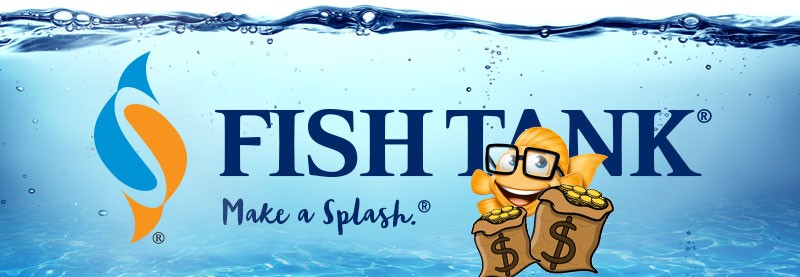
Take That to the Bank: Securing Your Creativity
By Michael B. Stewart
Back in 2008, Roku® launched their revolutionary digital media player and streaming internet content to televisions was born. Today, there are more than 70 million of such devices in use. Achieving funding for a start-up with a new idea is difficult without collateral, but Roku founder and inventor Anthony Wood leveraged the company’s patents and trademarks to secure loans.
Recently-collapsed Silicon Valley Bank (SVB) stepped up as an early lender to Roku. Additionally, SVB took the necessary step to record security interests in Roku’s intellectual property assets with the United States Patent and Trademark Office (USPTO) (example here). Such recordations are required to put third parties on notice that a security interest exists, and if not done, the omission may be fatal to an investor later attempting to enforce its security interest against a breaching debtor.
Assignments and security interests that have been recorded with the USPTO are readily available to the public. Copyright assignments can be viewed here. Similarly, security interests for many non-US intellectual property assets can be secured under the laws of the applicable jurisdiction.
There are unexpected lessons to be gleaned from the relationship between Roku and SVB in the context of the recent banking turmoil in the United States, whether you are a creator of intellectual property or an investor. Creativity that is captured and turned into intellectual property becomes magical. Not only does its existence provide a competitive advantage in the marketplace, but it also has the essential characteristics of a tangible asset, especially its ability to be a capital asset that can appear on balance sheets. Thus, your intellectual property can be used as collateral to secure funding.
If you are seeking to capitalize on the value of your intellectual property, make sure your potential investors know about it, so that they can include it as collateral to support funding. On the flip side, if you are an investor, look for collateral based on creativity, and then take appropriate steps to implement an enforceable security interest so that if the creator defaults on its financial obligations, you can take ownership of the intellectual property asset as repayment for the outstanding debt. Ultimately, this is no different in practice from recording a lien to real estate, although more than one type of filing (e.g., both under the Uniform Commercial Code and with a federal agency) may be required to fully perfect an intellectual property-based interest.
While it may have been deficient in other ways, at least Silicon Valley Bank (SVB) had substantial capital assets in the form of intellectual property security interests, and this will be important for both SVB investors cleaning up the mess after its collapse and for SVB clients owning those assets. If you are curious, thousands of SVB related patent security interest documents and tens of thousands of SVB related trademark security interest documents are readily accessible from the USPTO.
In contrast, now-defunct Signature Bank is associated with virtually no security interests to patent-based collateral with the USPTO, which hurts the bank and its customers. Unfortunately, their patent aversion is not unique. A corresponding trademark search comparing Signature Bank with SVB is similarly unimpressive.
Each of us is creative. The key is to leverage that creativity, converting it into an intellectual property asset that enhances enterprise value. That can take the form of pioneering internet television streaming and leveraging the related IP protections for capital. But it can even be done with a fish named Finny! Our very own Sir Finnegan’s trademarks can be viewed here and here, and his copyright by searching “Finny the Fish – Standard.” here!
Michael Stewart is a founding member of Fishman Stewart. He has worked in a wide range of technical areas including information technology, e-commerce, telecommunications, and mechanical, aerospace, computer, and nuclear engineering. His practice includes domestic and foreign patent prosecution, e-commerce and information technology, patent opinions, intellectual property litigation, domestic and foreign trademark prosecution, trademark opinions, copyrights, trade secrets, rights of publicity, intellectual property evaluations/due diligence and drafting and negotiating technology and intellectual property agreements. Check out his full bio here.
Related Content from Fishman Stewart
People have long pondered whether or not the Giza pyramids were indeed solely burial chambers, which was the only known, and archaeologically determined, use—until now.
As the story goes, Klein was so taken with the indescribable blue of the sky over the Mediterranean in Nice, France, that he dedicated his artistic talent developing a blue that would imbue the canvas with this color in its purest form.
Despite her pseudo-legal background in Suits, Meghan has been running into one issue after another in her efforts to register the trademark and logo for her new lifestyle company, for now, called “AS EVER”.
By 1930, efforts began in New York to replace Mother's Day with Parent's Day because men were more than just breadwinners. Those efforts didn't catch on, probably because in that era, women often spent more time in the home.
In February, Nike and Skims announced that they will be working together on a new brand, NikeSkims. The co-brand will create a new line of training apparel, footwear, and accessories specifically designed to meet the unique needs of women athletes.
Generally, federal courts have exclusive jurisdiction over copyright cases, and often, this presents an insurmountable paywall for individual artists and small businesses to vindicate their rights, especially where the value of the individual copyrighted works are relatively low.
Dedicated to raising public awareness about the importance of encouraging innovation and creativity throughout the world, the World Intellectual Property Organization (WIPO) annually observes World Intellectual Property Day on April 26 to showcase the role that patents, trademarks, industrial designs, copyrights and trade secrets play in our everyday lives.
Hold onto your foam fingers, sports fans – college sports just got a whole lot more interesting! The latest updates to Name, Image, and Likeness (NIL) rules are making student-athletes bigger than ever, and it’s not just about the game anymore.
Did a federal court in Louisiana recently decide that US copyrights are global rights? It seems so.
L.A.B. Golf aims to protect its innovations, and therefore its market position, owning three patents for its zero-torque design. The question now is whether L.A.B. Golf can withstand the wave of copycat designs.
IDENTIFYING, SECURING AND ADVANCING CREATIVITY®
